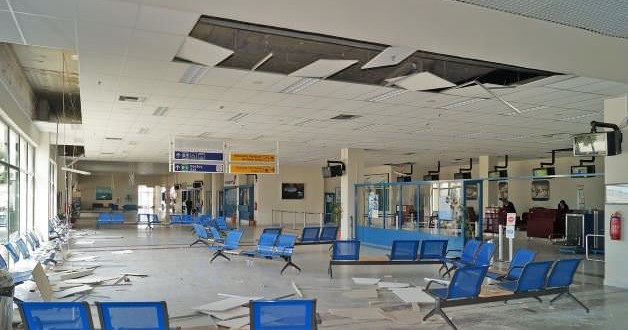A powerful earthquake centered to the north of the Turkish Aegean island of Gökçeada shook areas around western Turkey at 12:25 p.m on May 24, causing damage and minor injuries.
The Prime Ministry Disaster and Emergency Management Presidency (AFAD) announced that 266 people were injured due to the panic caused by the earthquake, including one person in critical condition who jumped from a balcony in Balıkesir’s Edremit district.
Istanbul Governor Huseyin Avni Mutlu said that there is no negative situation from the quake. No damage or casualties were reported from municipalities at this moment.
However, the United States Geological Survey’s (USGS) said that the quake is 6.4 magnitude and it is 18 km South of Kamariotissa, Greece and 83 km of Canakkale, Turkey.
Turkey is no stranger to seismic events. A 7.6-magnitude earthquake in Izmit, Turkey killed more than 17,000 people in 1999. Another tremor measuring 7.2 on Richter scale in Duzce the same year killed 894 people.
Turkey is a seismically active area within the complex zone of collision between the Eurasian Plate and both the African and Arabian Plates. Much of the country lies on the Anatolian Plate, a small plate bounded by two major strike-slip fault zones, the North Anatolian Fault and East Anatolian Fault.
The western part of the country is also affected by the zone of extensional tectonics in the Aegean Sea caused by the southward migration of the Hellenic arc. The easternmost part of Turkey lies on the western end of the Zagros fold and thrust belt, which is dominated by thrust tectonics.
Agencies/Canadajournal
 Canada Journal – News of the World Articles and videos to bring you the biggest Canadian news stories from across the country every day
Canada Journal – News of the World Articles and videos to bring you the biggest Canadian news stories from across the country every day



